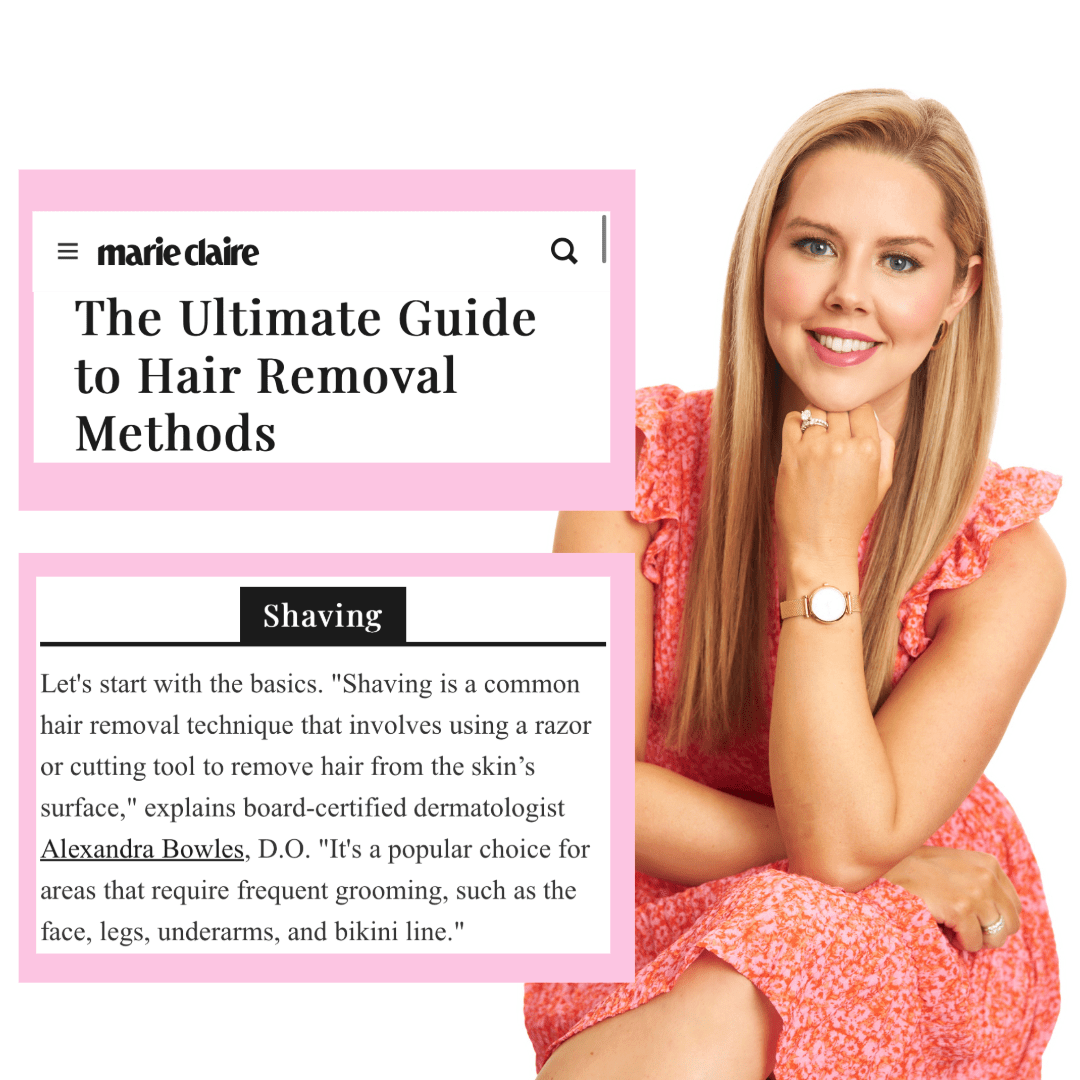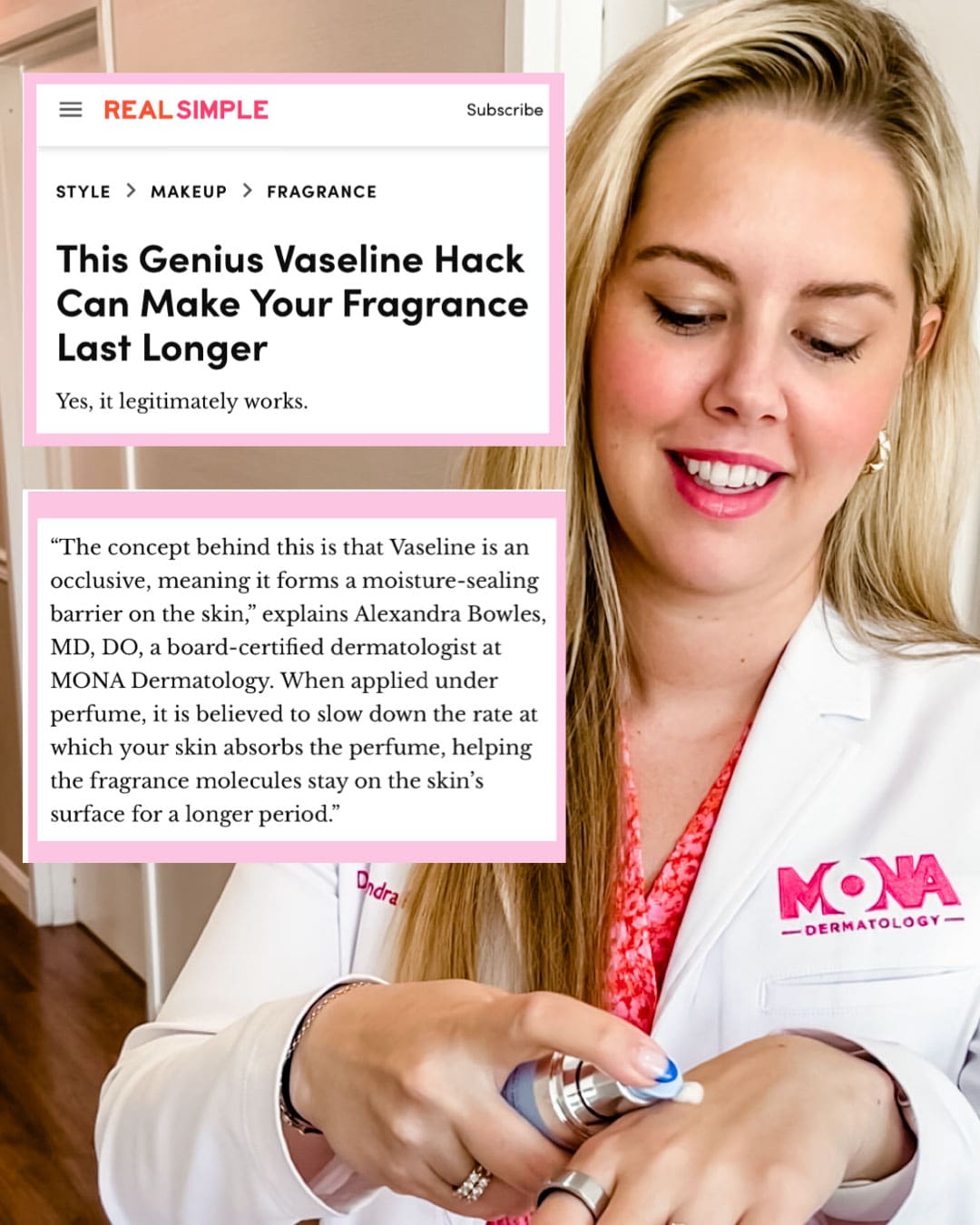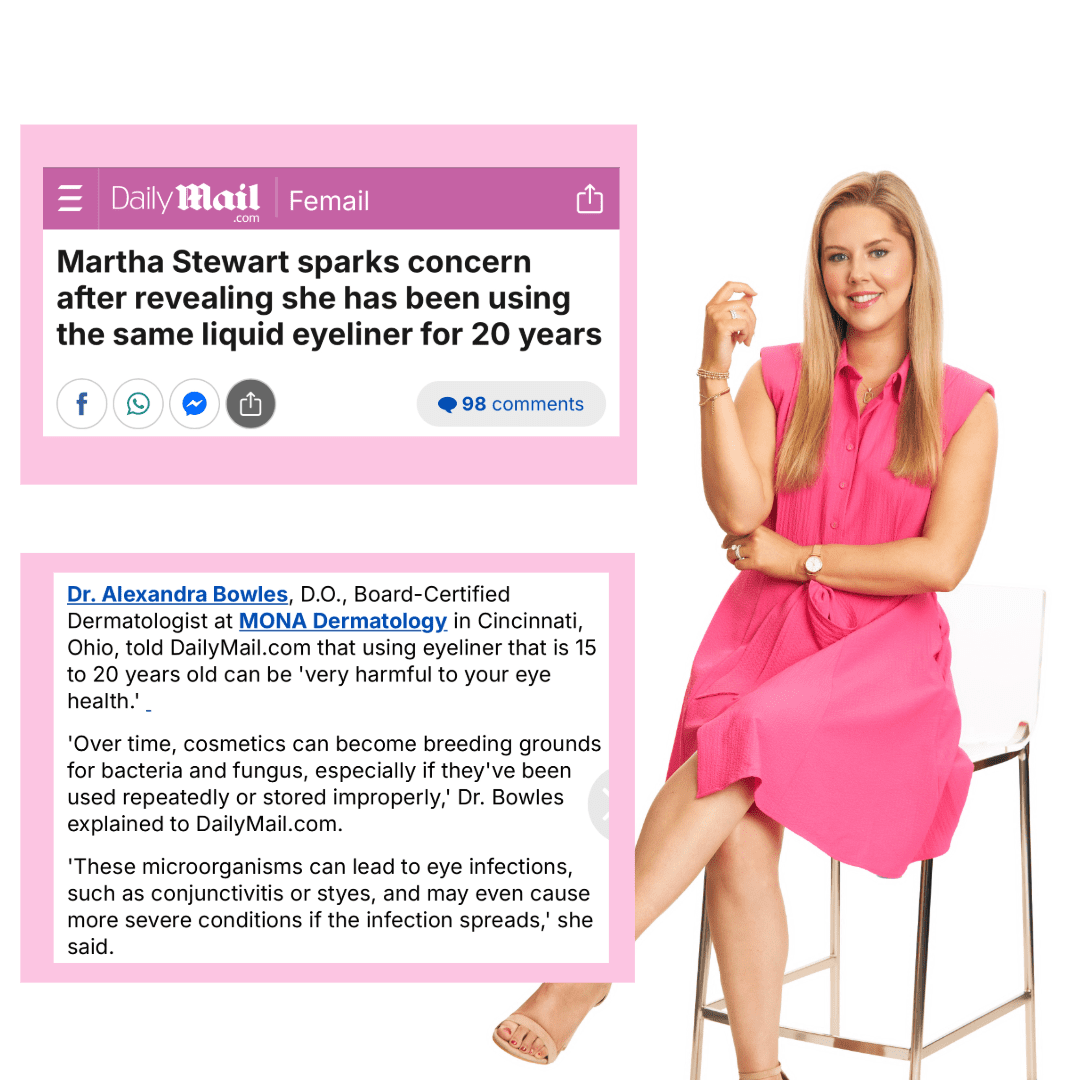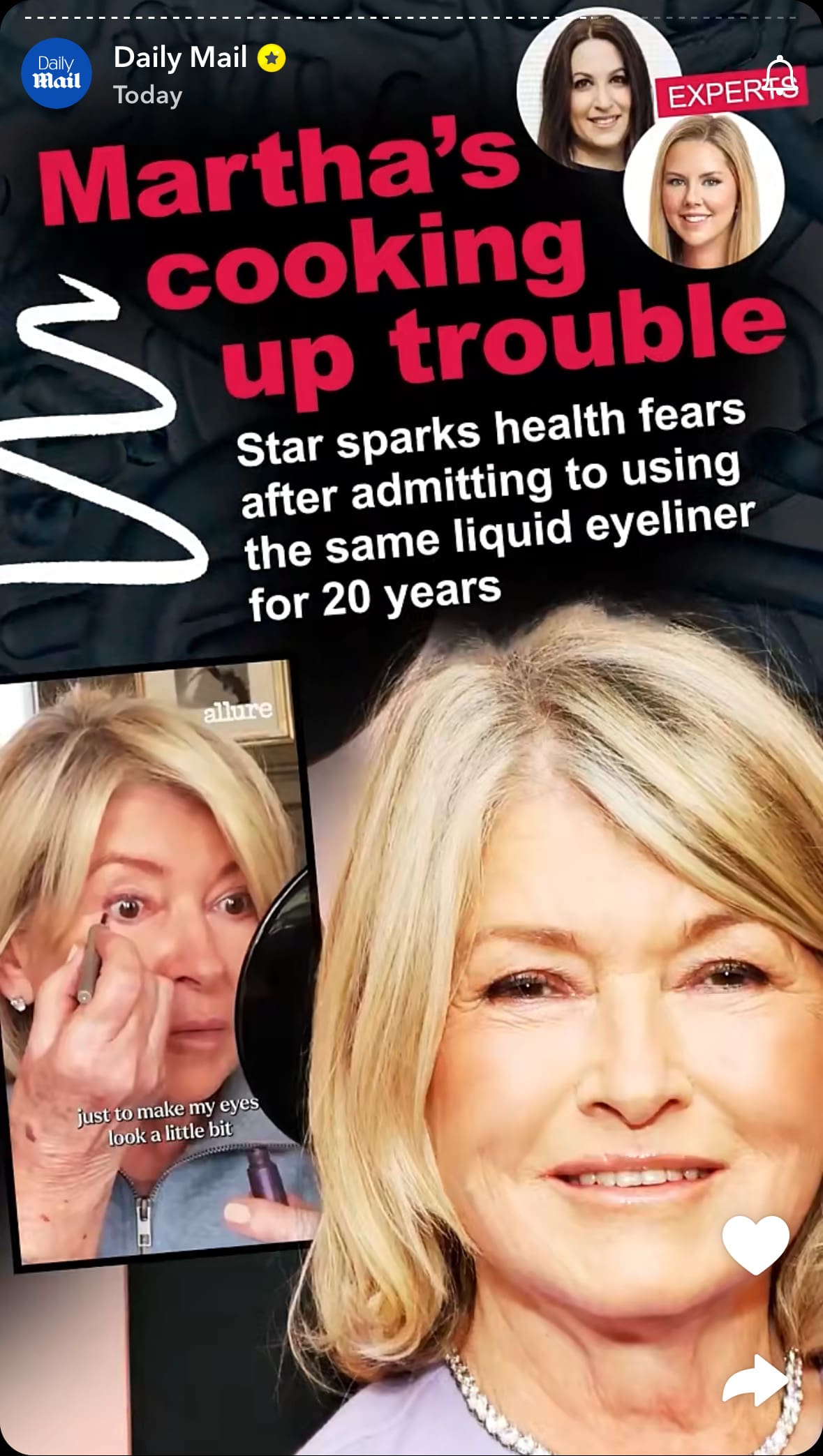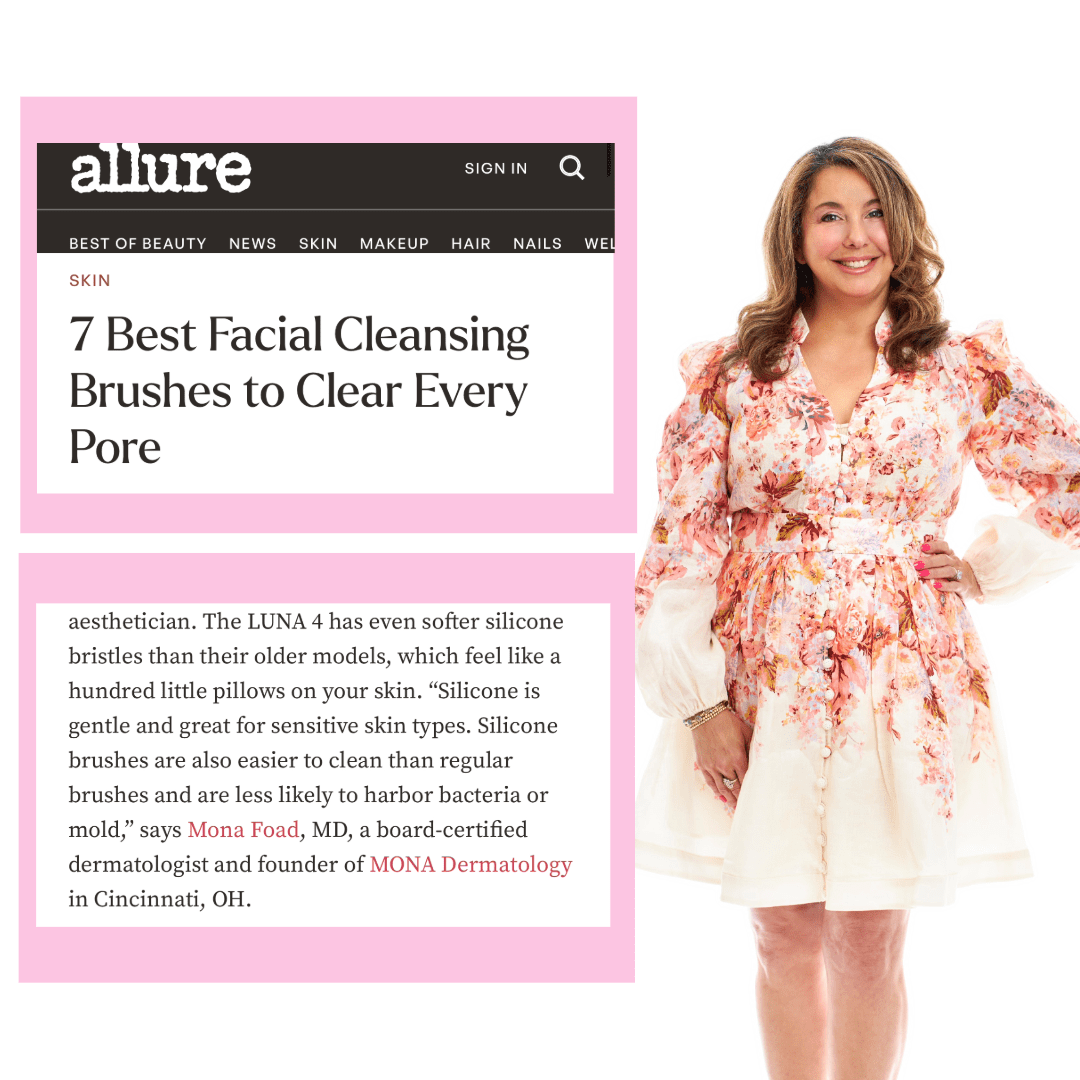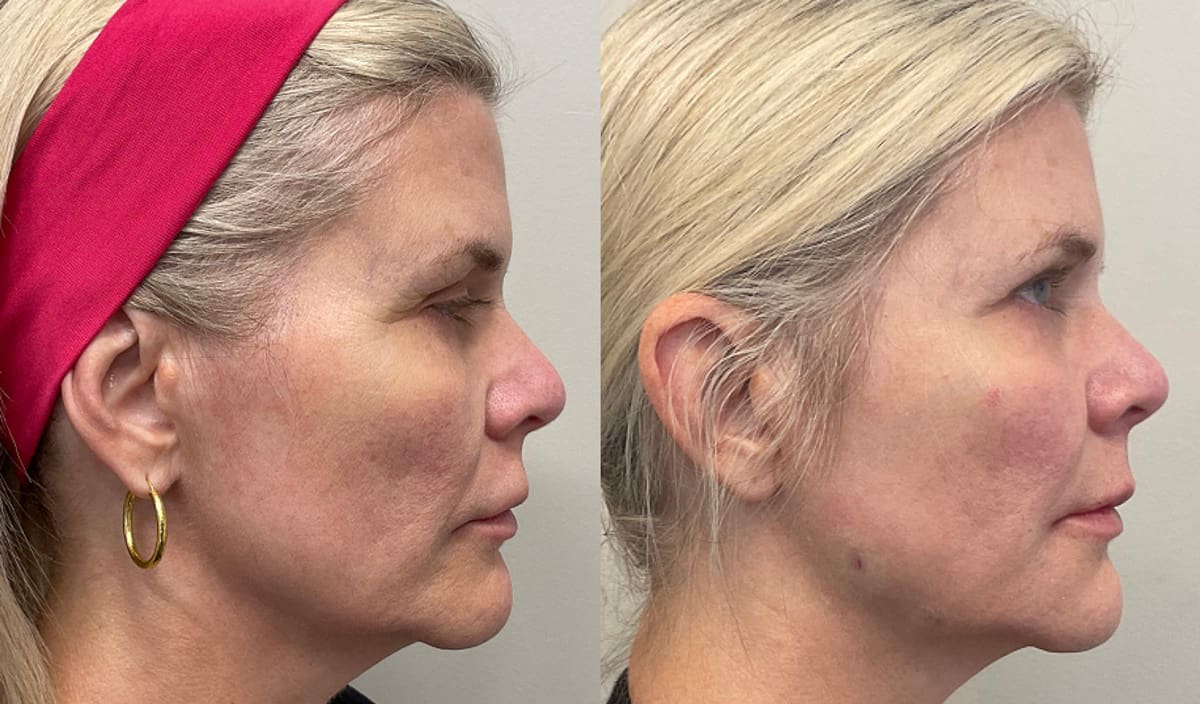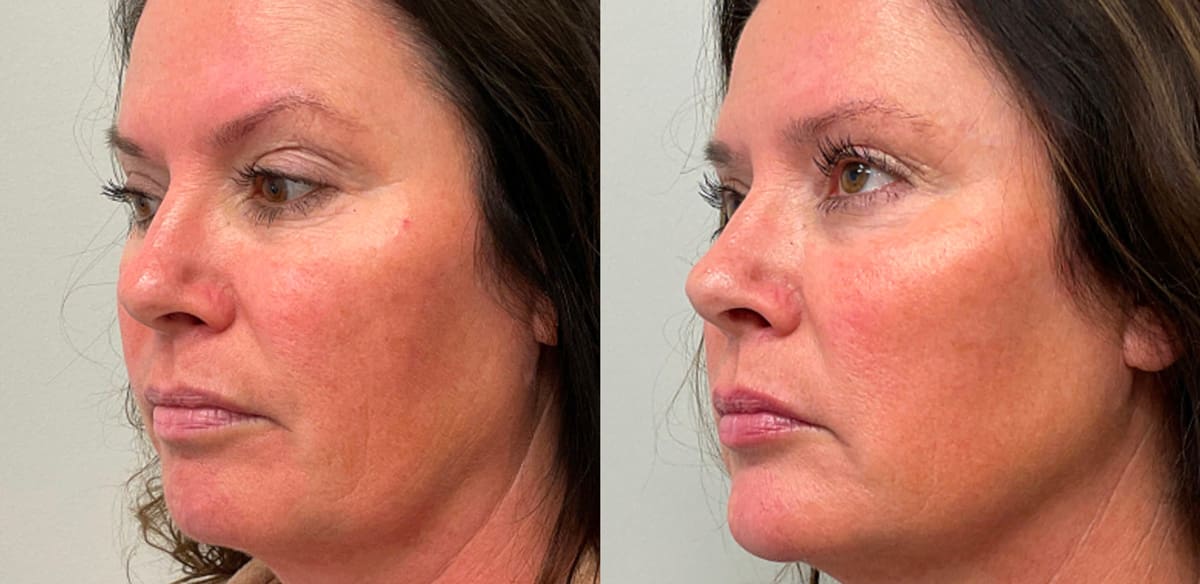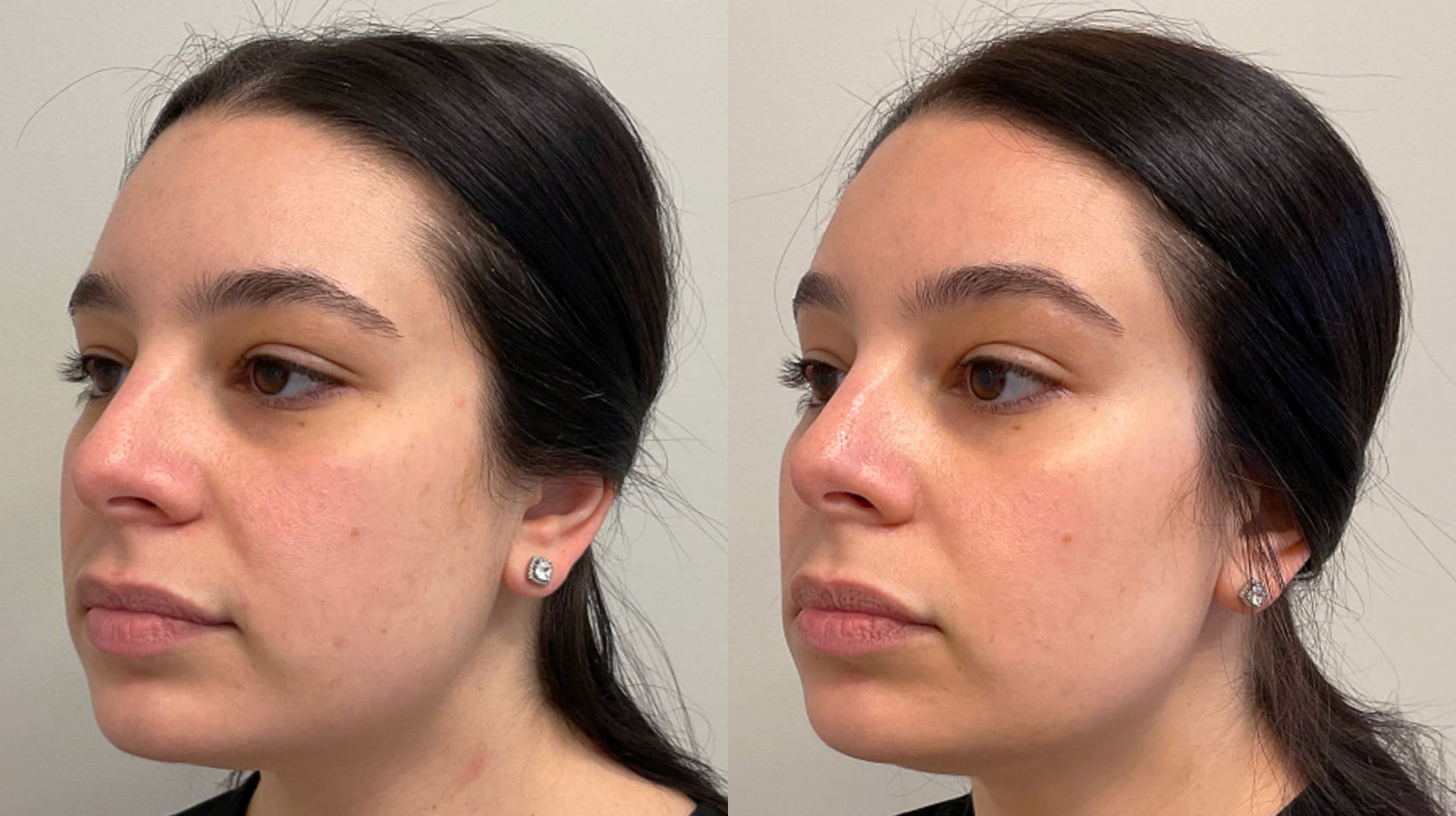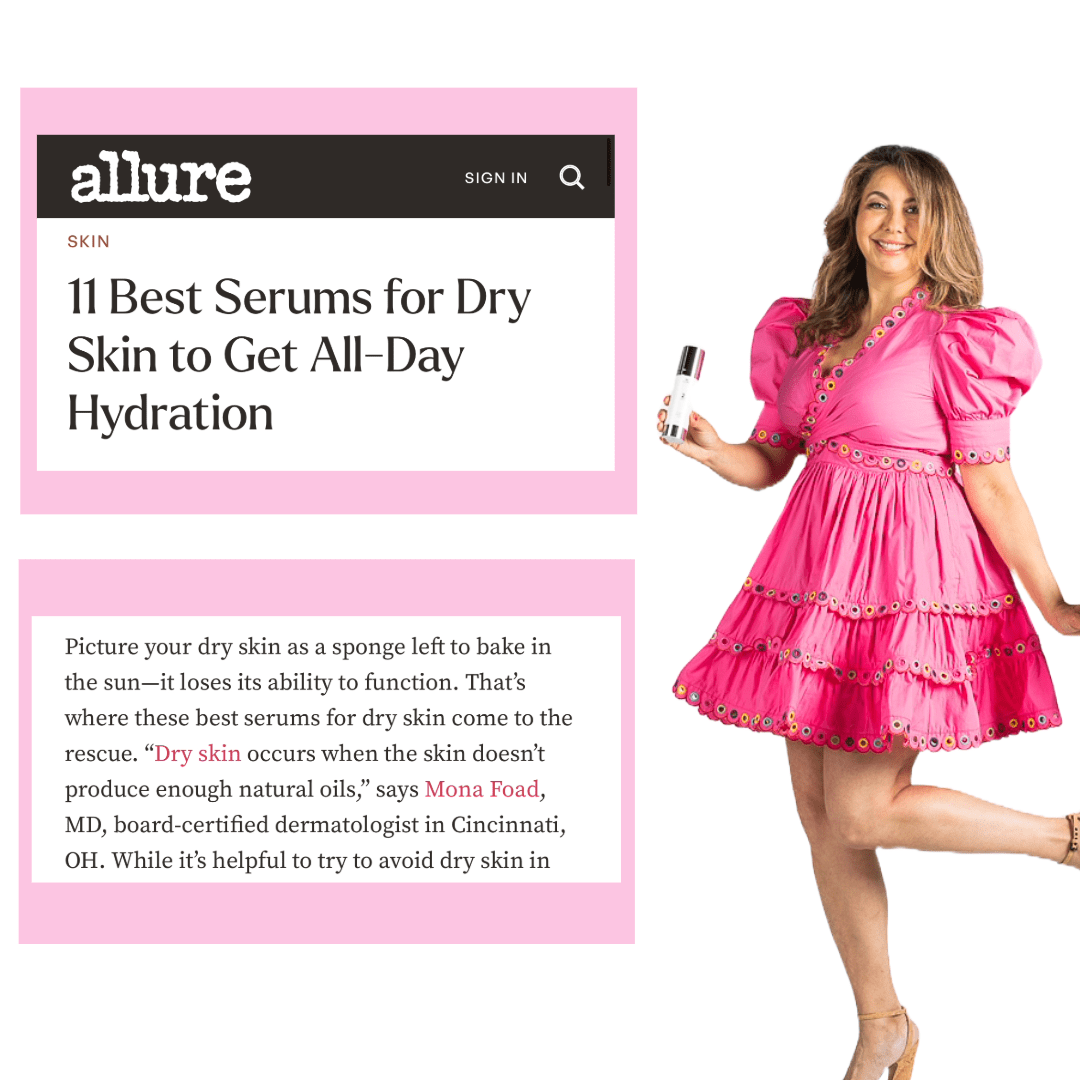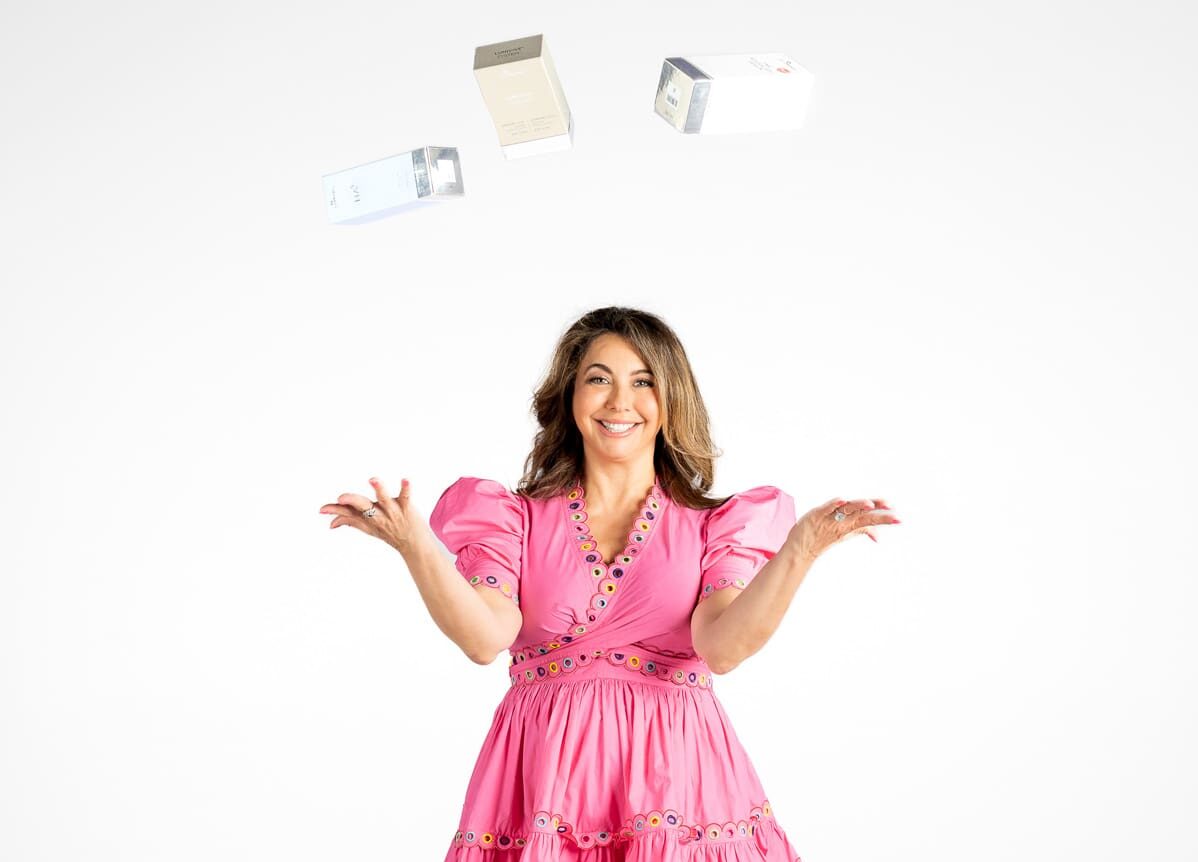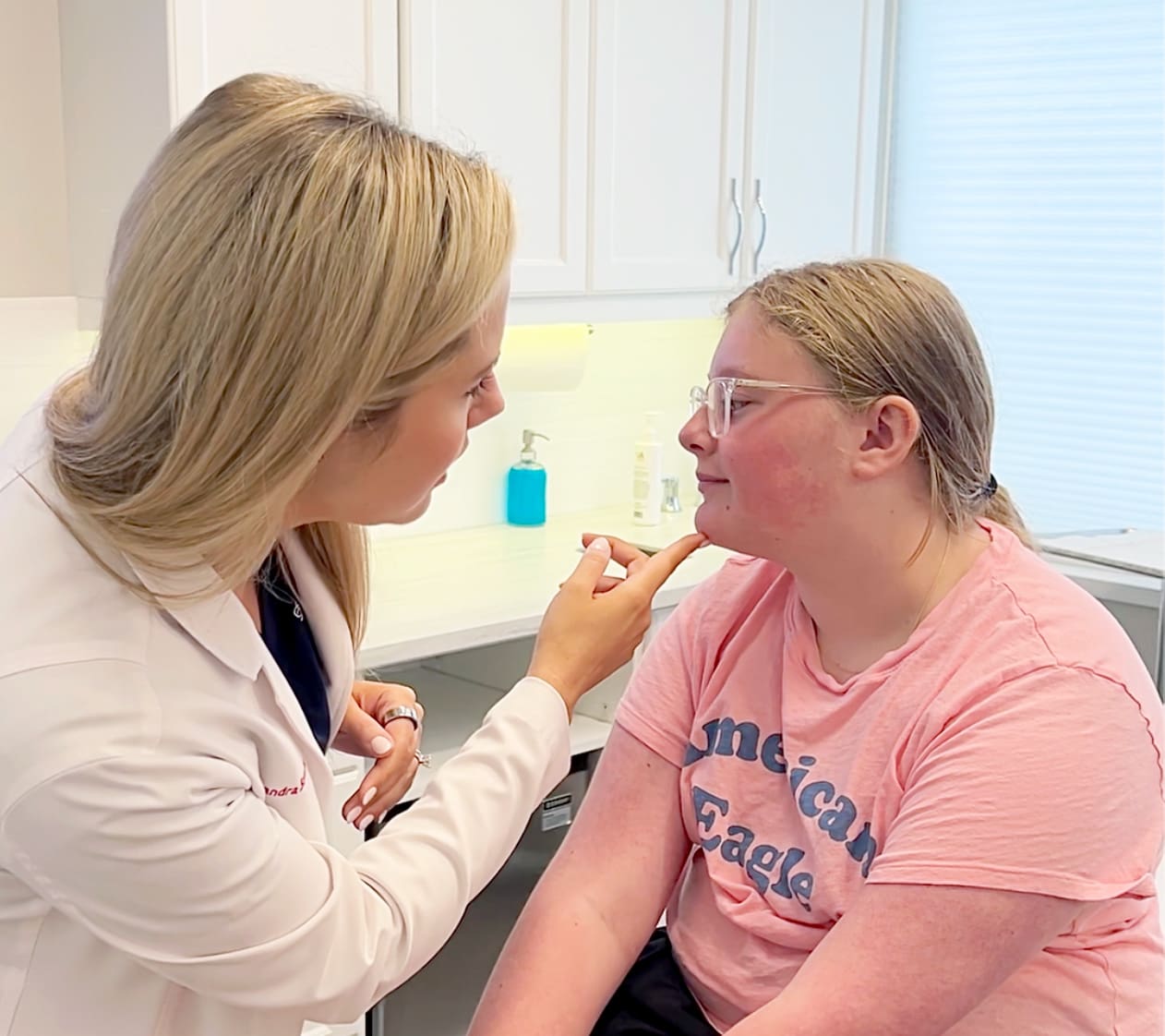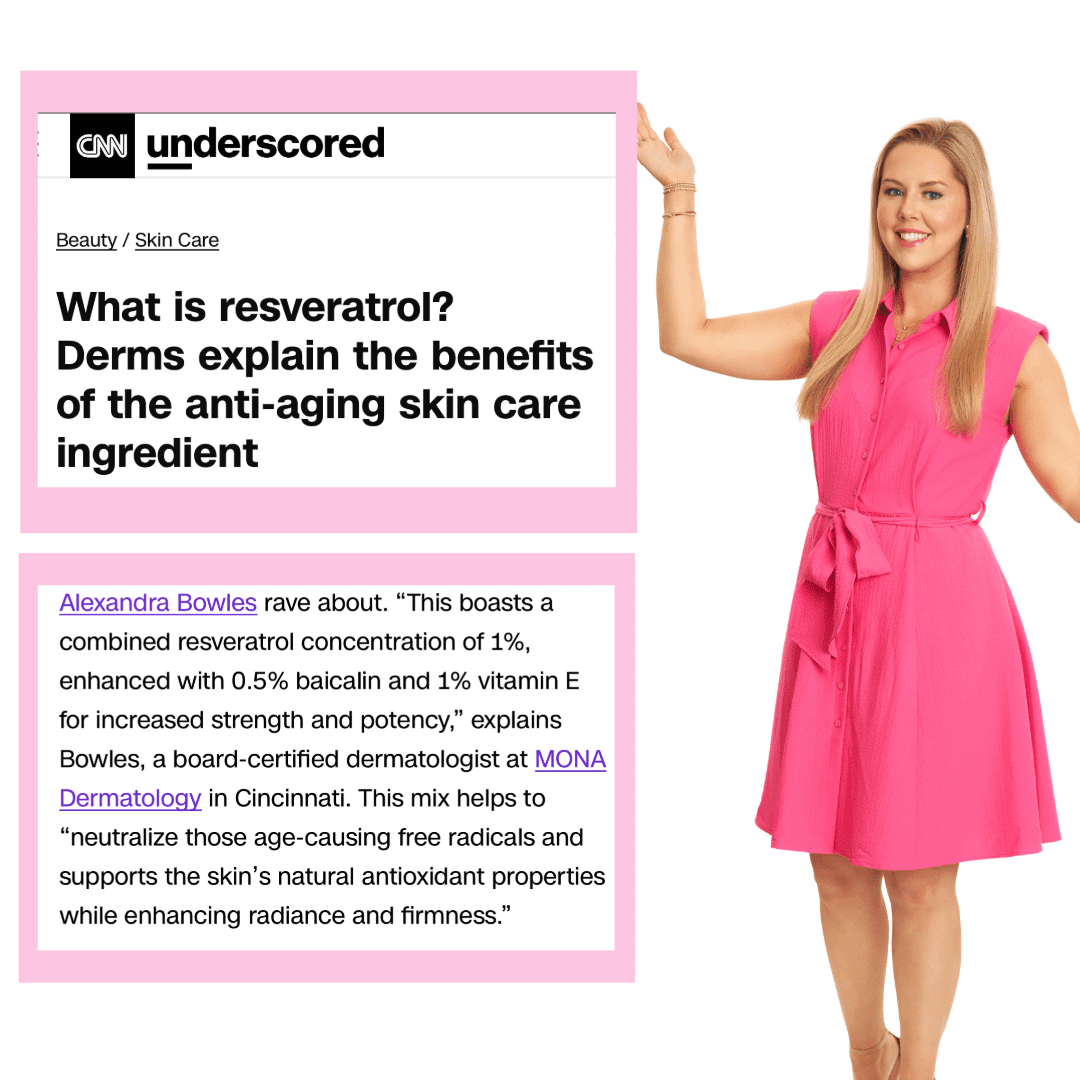What Type of Hair Removal Is Best? | As Seen in Marie Claire
As seen in Marie Claire’s article “The Ultimate Guide to Hair Removal Methods,” Dr. Alexandra Bowles expands upon her insights on the topic of hair removal. Read to learn more about the different hair removal methods, and the benefits and drawbacks of each. Find out what hair removal method will work best for you!
Dermaplaning:
What is it?
Dermaplaning is a minimally invasive cosmetic procedure that uses a sterile surgical scalpel to gently exfoliate the skin by removing the outermost layer of dead skin cells and fine vellus hair (often referred to as “peach fuzz”). This treatment is designed to create a smoother, brighter complexion and can be a beneficial addition to your skincare routine.
What areas is it ideal for?
Dermaplaning is primarily performed on the face, particularly effective on areas such as the forehead, cheeks, chin, and upper lip. However, it can also be used on other areas of the body where finer hair and dead skin accumulation may occur.
Benefits of Dermaplaning
I often recommend dermaplaning for a variety of reasons. First, it helps your makeup apply more smoothly by removing dead skin cells and “peach fuzz” and creating a more even texture. With less texture, foundations and powders blend and sit on the skin better. Second, removing excess skin cells allows your skincare products to penetrate deeper, improving their absorption and effectiveness. For this reason, it can also help boost the effectiveness of in-office procedures such as facials. Finally, regularly removing dead skin cells helps promote cell turnover. When the top layer of dead skin cells is removed, it encourages the skin to produce new cells to replace the ones that were lost, which is essential for maintaining healthy, glowing skin.
Downsides to Dermaplaning
Dermaplaning may cause skin sensitivity, redness, and a risk of cuts or abrasions if done improperly. After dermaplaning, your skin may feel more sensitive to skin care products or the environment. You may also experience some redness immediately after the treatment, as the exfoliation from dermaplaning can cause mild irritation for some patients. When not performed by an experienced professional, it is possible to damage or cut the skin which could be a potential risk of infection. If dermaplaning at home, it’s important to use a high-quality dermaplaning blade and proceed carefully.
How to prep for at-home dermaplaning or appointment.
To prepare for your dermaplaning appointment, arrive with a clean face and avoid wearing makeup or skincare products. Refrain from using exfoliants or retinoids in the week leading up to the treatment, and try to limit sun exposure before and after treatment to reduce skin sensitivity.
What should you expect from the experience? (Does it hurt? Approx how long does it take? Will hair grow back thicker?)
Dermaplaning sessions typically last between 15 and 30 minutes. The procedure is generally well-tolerated, with patients reporting only mild tingling or scratching sensations. Any redness or sensitivity typically resolves quickly. It’s a common misconception that dermaplaning causes hair to grow back thicker when in reality, the fine vellus hair returns at its natural rate and texture.
Aftercare
After dermaplaning, avoid direct sun exposure for 24 to 48 hours and apply a broad-spectrum sunscreen. Don’t use harsh skincare products and exfoliants, keep your skin hydrated with a gentle moisturizer, and refrain from touching your face to minimize irritation and support healing.
Laser Hair Removal
What is it?
Laser hair removal is a medical procedure that uses focused light to eliminate unwanted hair by targeting hair follicles. The laser works by targeting the pigment, also known as melanin, in the hair follicle and destroying it. For this reason, laser hair removal treatment only works on hair types that contain melanin, such as brown or black. Blonde or red hair lacks melanin and as a result, the laser cannot target the follicle effectively. Over time, laser hair removal can provide long-term hair reduction after multiple treatments.
What areas is it ideal for?
Laser hair removal is suitable for a wide range of areas, including the face, underarms, bikini line, legs, back, and chest. It can be used on any part of the body where hair grows.
Benefits of Dermaplaning
One of the main advantages of laser hair removal is its ability to provide long-term hair reduction. The treatment is precise, targeting hair follicles without damaging the surrounding skin, which can result in smoother skin and fewer ingrown hairs.
Downsides to Dermaplaning
Some potential downsides include slight discomfort during the treatment, which may feel like a snapping sensation. Multiple sessions (typically 6-8) are usually required for optimal results. Additionally, laser hair removal is not effective on hair colors that lack melanin, such as red or blond, as the laser targets the pigment in the hair. There is also a potential for hyperpigmentation if the correct laser is not utilized in certain skin types, so I recommend doing a small test area prior to moving forward with a full treatment session in patients with darker complections.
What should you expect from the experience? (Does it hurt? Approx how long does it take? How many laser sessions does one typically need?)
Laser hair removal sessions typically last from 20 to 40 minutes, depending on the treatment area. While the procedure may cause mild discomfort, often described as a snapping feeling on the skin, most patients report that it is tolerable. To achieve optimal results, most people require 6 to 8 sessions, spaced several weeks apart.
Aftercare
To minimize irritation after treatment, avoid sun exposure, hot showers, and strenuous activities for at least 24 hours. Keeping the skin moisturized and applying a broad-spectrum sunscreen is vital for protecting the treated area. You should also plan to receive touch-up treatments every year or two to maintain results.
Waxing
What is it?
Waxing is a hair removal method that involves applying warm or cold wax to the skin and quickly pulling it off with a cloth or paper strip, removing hair from the root. This technique typically results in longer-lasting smoothness compared to shaving, as it may take several weeks for hair to regrow.
What areas is it ideal for?
Waxing is a great option for many areas, including the legs, arms, bikini line, eyebrows, and upper lip. It’s particularly popular for larger areas and sensitive zones where precise hair removal is important.
Benefits of Dermaplaning
One of the main benefits of waxing is that it removes hair from the root, resulting in smoother skin for several weeks before it grows back. Over time, repeated waxing can lead to finer and sparser hair, and it can also help exfoliate the skin by removing dead skin cells.
Downsides to Dermaplaning
Waxing can cause discomfort or pain during the procedure and may lead to skin irritation, such as redness or bumps. There’s also a risk of ingrown hairs and allergic reactions to the wax, especially for those with sensitive skin.
What should you expect from the experience? (Does it hurt? Approx how long does it take? Etc?
Waxing can be uncomfortable, but the pain usually subsides quickly. Sessions typically last between 15 and 30 minutes, depending on the area being treated, and many people enjoy smoother skin for 3 to 6 weeks.
Aftercare
After waxing, avoid hot showers, saunas, and sun exposure for at least 24 hours to minimize irritation. Apply a soothing lotion or aloe vera to calm the skin, and gently exfoliate a few days later to prevent ingrown hairs.
Shaving
What is it?
Shaving is a common hair removal technique that involves using a razor or cutting tool to remove hair from the skin’s surface. Unlike dermaplaning, which exfoliates by removing dead skin cells along with hair, shaving primarily targets hair.
What areas is it ideal for?
Shaving is a popular choice for areas that require frequent grooming, such as the face, legs, underarms, and bikini line. It’s easy to use and provides immediate results.
Benefits of Dermaplaning
Shaving is a convenient and fast way to remove hair without having to go to a salon. It’s also more budget-friendly than other hair removal techniques and can be easily included in your daily routine.
Downsides to Dermaplaning.
Shaving may cause cuts, razor burn, or ingrown hairs, especially if not done correctly. To avoid cuts, razor burn, and ingrown hairs, it’s important to use a sharp razor, apply gentle pressure, use shaving cream or gel, and avoid exfoliating immediately before or after shaving. Also, shaving only removes hair from the surface, so it grows back faster than methods that remove hair from the root.
Aftercare
To prevent post-shaving irritation, rinse your skin with cool water and apply a gentle moisturizer or aftershave balm. Avoid tight clothing and sun exposure for a day or two to minimize the risk of irritation or ingrown hairs.

